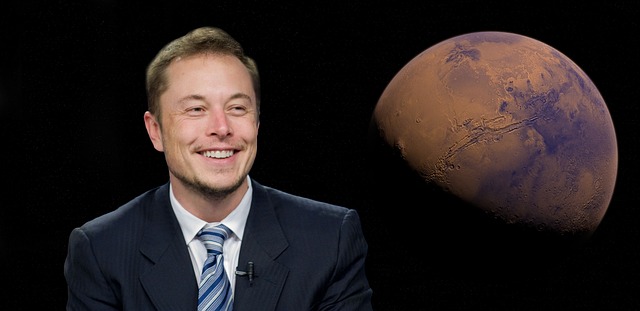
For the first time in twenty years, the United States is buying more products from Mexico than from China. One of the main causes of this phenomenon is the trade war between Washington and Beijing that escalated when then-President Donald Trump raised tariffs on Chinese products. A measure that current President Joe Biden has maintained. Thus, in 2023, Mexican exports to the U.S. increased by 4.6%, while Chinese exports experienced a significant 20% drop compared to the previous year, according to the latest data from the Census Bureau. “It’s a drop that leaves you impressed,” says Luis Bernardo Torres, senior economist at the Federal Reserve Bank of Dallas, to BBC Mundo. The fact that the U.S. buys more products from Mexico has two major effects on the Latin American country: greater economic growth and the creation of better-paid jobs for workers with a high level of training. Thus, the economist points out, the products that large Mexican companies are exporting to their neighbor have a higher added value, especially in booming sectors such as the automotive or chemical industry.
Although Mexico surpassed China in 2023, some economists believe that the rise in Mexican exports was not as spectacular as it seems. “The fall in China was bigger than the increase in Mexico,” says Gabriela Siller, director of economic analysis at Banco Base, in dialogue with BBC Mundo. “Mexican exports could have increased much more,” she points out. The expert believes that this lack of momentum could be explained by factors such as the appreciation of the Mexican peso in 2023, the lack of more factories (installed plant capacity) in Mexican territory, and what she calls the “deterioration of governance.” “There is an increase in public insecurity and uncertainty regarding internal economic policy,” she argues. Amid tensions between Washington and Beijing, Mexico was crowned in 2023 as the main trading partner of the U.S. That position achieved by Mexico is related to the fact that in the last three years, China has lost a significant slice of the pie. “If Mexico does not get its act together, other countries will take advantage of the opportunity,” argues Siller.
A study by a group of researchers from the University of California at San Diego, the World Bank, and the International Monetary Fund (IMF) that analyzed Chinese exports to the U.S. between 2017 and 2022, concluded that the level has dropped, but warns that the commercial gap between the two countries is not as deep as it seems. “The results show that decoupling is real, but supply chains remain intertwined with China,” argues the analysis presented at a conference on global geoeconomic fragmentation organized last May by the IMF. Chinese companies have found different ways to indirectly avoid the tariffs imposed by the U.S. to continue exporting to the world’s largest economy. There are Chinese firms that, for example, have opened plants in other countries from which they can export to the U.S. market without having to pay tariffs because, strictly speaking, it is not a product from China. In other cases, there are countries, including Mexico, that buy many of the parts they require from Chinese suppliers to manufacture their products and then assemble the final product in their countries. But the “assembly” or manufacture of the final product in Mexico is regulated in the free trade agreement with the U.S., so for a product to be “made in Mexico,” it must have certain percentages of local added value. This benefits the Mexican economy and prevents the country from becoming a passing platform. Mexico, on the other hand, has competitors who also want to occupy the space that China is leaving open. Countries like India, Vietnam, Poland, or Indonesia also see and want to take advantage of the opportunities amid the commercial and geopolitical conflict between the U.S. and the Asian giant.
“México has a great commercial opportunity. Hopefully, it can take advantage of it, but that’s another story,” comments Torres. The main obstacle that economists and voices from the business sector have raised is that Mexico still does not have the necessary infrastructure well developed for the export system to be more efficient. Infrastructure such as roads and ports, but also access to a reliable electrical grid and the necessary water required for large-scale production, in addition to security conditions. In the political arena, the distance between China and the U.S. can continue to increase beyond the winner of the November presidential elections being Joe Biden or Donald Trump. If Trump wins, analysts consider it likely that tension with China will escalate again. And if Joe Biden wins, his team is considering new tariff increases on Chinese products such as electric vehicles, certain types of semiconductors, and devices to obtain solar energy. Thus, distrust between Washington and Beijing continues to strain relations, especially after the war in Ukraine. The White House has insisted that greater commercial ties between China and Russia are not precisely favorable to its interests and can pose a threat in the midst of an uncertain international scenario. Mexico, like other countries, could fulfill that role of “connectors” in the new reorganization of commercial flows that arises from the rivalry between the U.S. and China. The tectonic plates of international trade are moving, and Mexico seeks to find its place to be in a good position amid these changes.



